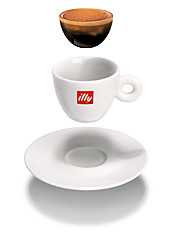
At the center of my 20-plus years of training and knowledge is illycaffè. Certainly my views on coffee have been influenced by the company's scientific environment, created by three generations of chemists; a research and development unit covering agronomy, botany, physics, chemistry, biology, statistics, and computer science; and laboratories dedicated to the study of coffee, in areas like sensory perception (not just taste, but aroma as well).
Coffee is intricate and requires education and passion to get right--plus a lot of practice. Espresso is the most complex coffee preparation, containing around 1,500 chemical substances, of which 800 are volatile. There are also more than 100 chemical/physical variables that affect the final preparation—like water composition, the size and distribution of the ground coffee particles, filter dimensions and hole diameter, dynamic water flow temperature and pressure, shape and temperature of the cup, roasting degree, and many, many more ... I can go on for pages and pages.
The potential aromatic components and flavors are crucial, because their presence in the cup is determined not only by which coffee we choose to prepare the espresso but also by the preparation method. A single little mistake can affect the final result. Thanks to the crema, the taste of espresso lingers on the tongue for up to 30 minutes and should be a pleasure to hold with you from cup to cup.
In my native Italian, espresso means "express," or prepared at the moment of serving. Interpreting the word literally, all coffee drinks prepared and drunk "on demand" with an espresso machine, using any formula, can technically be called espresso. But espresso's brewing formula isn't something you can play with radically. Dramatically altering its widely accepted "recipe" produces an entirely different end result. The Specialty Coffee Association of America, the leading trade authority, defines espresso's recipe as:
a 25-35ml (.85-1.2 ounce) beverage prepared from 7-9 grams (14-18 grams for double) of coffee through which clean water of 195-205 F degree has been forced at 9-10 atmospheric of pressure and where the grind of the coffee is such that the brew time is 20-30 seconds.
For a double espresso, the formula calls for using twice the amount of coffee and twice the water. If the water isn't increased in proportion, the resulting extraction will have too little liquid and too much crema. The beverage is too concentrated, its aromatic components not optimally released and mixed. Effectively, the aromas overlap with one another, creating issues like an extremely sour taste that can be perceived as salty. With this overconcentration, only a few pleasurable notes can emerge in the cup, masking others produced during roasting like chocolate, toasted bread, cocoa, and caramel. Lost is that ideal balance of bitter and sour.
But some baristas prefer making double espressos with more than twice the amount of coffee--20 grams, not the 14-18 the SCAA guidelines would suggest--and only the amount of water for a single espresso, one ounce. The idea is a power-packed espresso, with half the one ounce of extraction being crema. It might sound good to espresso fans, but this idea has numerous problems.
No matter what you call this concentrate, the caffeine content is much higher than what we have come to expect with a traditional espresso. For years people thought espresso contained more caffeine than brewed coffee. Now, most professionals and coffee lovers know this is not true of Arabica espresso prepared with the traditional formula, which contains 60 to 70 milligrams of caffeine. Overdosing the espresso, even using Arabica beans and not higher-caffeine Robusta, the caffeine content could reach 200 milligrams. As logic would dictate, extraction time--how long coffee and water remain in contact--is a major factor. At the highest levels, a 16-ounce brewed coffee often contains more than 300 milligrams. To compare, Coca-Cola Classic has 35 milligrams per 12 ounces and Red Bull has 80 milligrams per 8.3 ounces. So if it's just caffeine you are after, there are lots of options. All the more reason that the taste and flavor of espresso must be enjoyable. There is so much to cover and learn about espresso, and the surface has barely been scratched. Along with milk, I plan to talk about roasting—the Maillard reaction as it relates to over-roasted coffee, single-origin coffees (which I enjoy too), and degassing (letting freshly roasted coffee properly mature before using). Check back often for more discussions!
本站推荐: 耶加雪菲 花魁咖啡 瑰夏咖啡 波旁咖啡 蓝山咖啡 天堂鸟咖啡豆 曼特宁咖啡豆 PWN黄金曼特宁 星巴克菜单 咖啡豆种类
转载请注明出处。
2014-07-10 13:06:01










 相关文章
相关文章
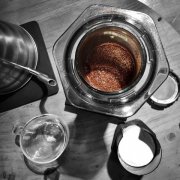
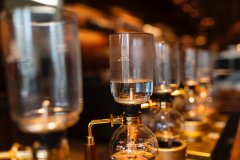
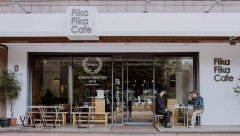
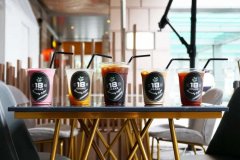
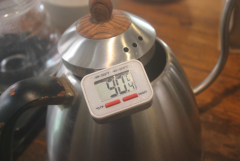
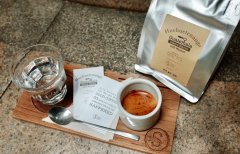
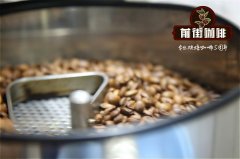
 精彩导读
精彩导读

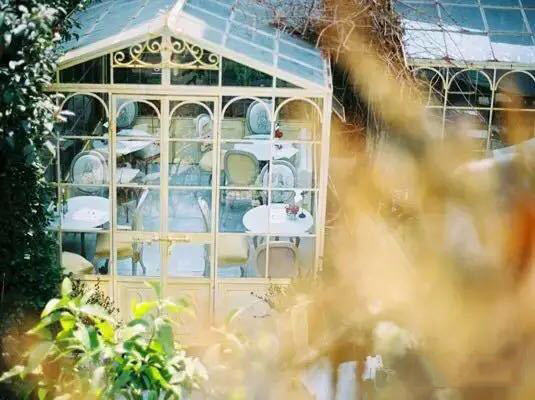
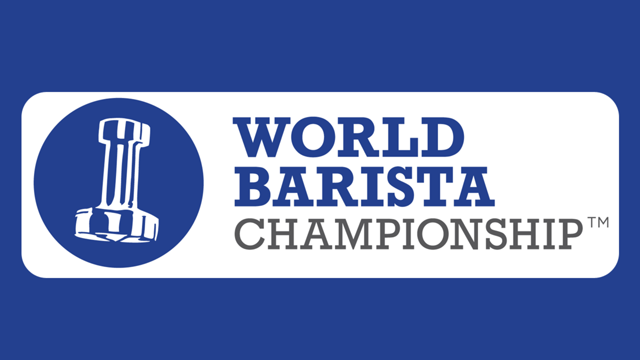
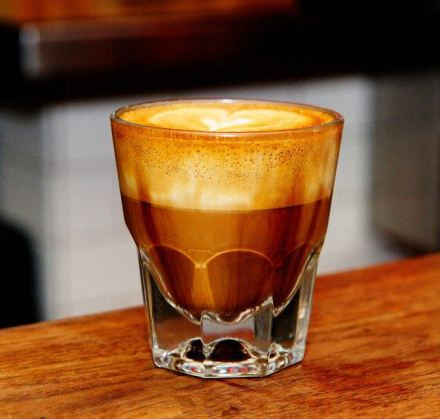





 热门资讯
热门资讯 关注我们
关注我们